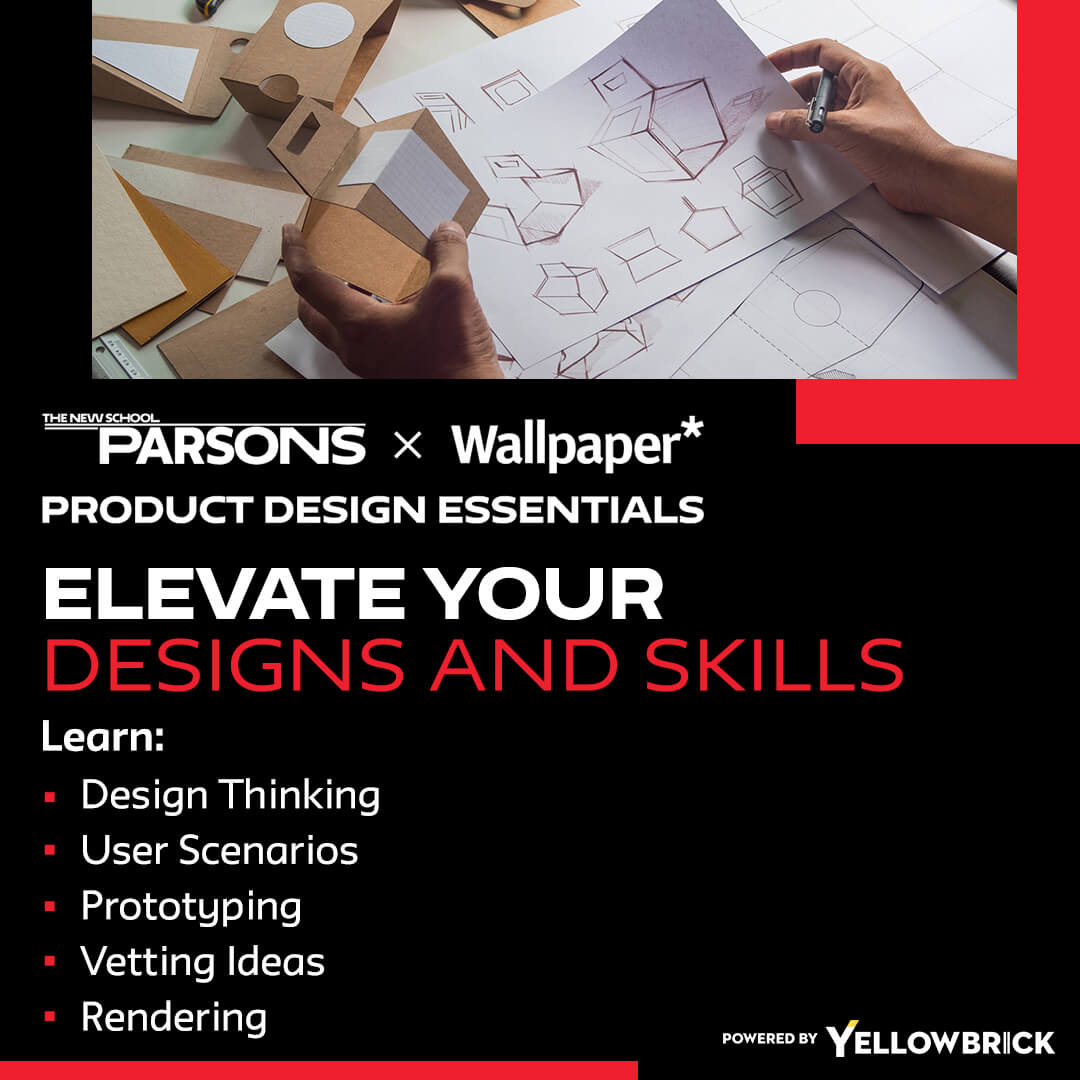Product design metrics play a crucial role in evaluating the success and effectiveness of design initiatives. By analyzing and leveraging these metrics, designers can make informed decisions to enhance user experiences and drive product innovation. In this comprehensive guide, we will explore key concepts, best practices, and the top 10 jobs in the field of product design metrics.
Understanding Product Design Metrics
Product design metrics are quantitative and qualitative measurements used to assess various aspects of the design process and its impact on users and business objectives. These metrics provide valuable insights into user behavior, engagement levels, usability, and overall design performance. By tracking and analyzing relevant metrics, designers can identify areas for improvement, validate design decisions, and optimize product experiences.
Key Metrics for Product Design
To effectively evaluate design success, there are several essential metrics every product team should understand and monitor. These metrics cover engagement, usability, retention, and more.
- User Engagement Metrics: Metrics such as bounce rate, time on page, and click-through rates help designers understand how users interact with the product. They reveal engagement levels and offer insight into how to improve user interaction and retention.
- Conversion Metrics: Metrics like conversion rate, sign-up rate, and transaction completion rate show how effectively the design drives desired user actions. Optimizing these metrics ensures alignment with business goals.
- Usability Metrics: Usability-focused metrics such as task success rate, error rate, and satisfaction scores help assess how easy and effective it is for users to achieve their goals within the product.
- Retention Metrics: Retention and churn rates, along with repeat usage frequency, indicate how well a product keeps users engaged over time. These metrics are essential for long-term product success.
- Performance Metrics: Page load time, responsiveness, and error rates help evaluate the technical performance of the product, which directly affects the overall user experience.
- Feedback Metrics: Tools like Net Promoter Score (NPS), Customer Satisfaction (CSAT), and qualitative feedback provide direct insights into user sentiment and perceived value.
Best Practices for Leveraging Product Design Metrics
Understanding metrics is just the start. Applying them correctly requires a strategic approach. These best practices help ensure data is used effectively to drive design improvements.
- Define Clear Objectives: Set specific KPIs aligned with business and design goals to guide metric tracking and analysis.
- Select Relevant Metrics: Focus on actionable, relevant data that reflects real user behavior—avoid vanity metrics.
- Implement Tracking Tools: Use analytics platforms, heatmaps, user testing tools, and surveys to capture and analyze key data points.
- Iterate and Experiment: Use metric feedback to test design variations and improve based on measurable outcomes.
- Collaborate and Communicate: Work closely with product, engineering, and data teams to align on goals and share findings.
- Monitor Trends and Patterns: Look for changes in key metrics over time to spot issues or opportunities early.
Top 10 Jobs in Product Design Metrics
As data becomes central to design decisions, more roles are emerging that combine creativity with analytics. Here are the top 10 careers where product design metrics play a key role.
- Product Designer: Creates user-centered designs and leverages data to iterate and improve product experience.
- UX/UI Designer: Enhances both the user interface and user experience by analyzing usability and engagement metrics.
- Data Analyst: Extracts insights from design data and presents them to guide design and business decisions.
- User Researcher: Conducts studies and usability tests, combining findings with design metrics to validate decisions.
- Product Manager: Uses metrics to guide product strategy, prioritize features, and align teams around user needs.
- Design Strategist: Defines design approaches and frameworks based on data trends and metric-driven insights.
- Design Technologist: Builds interactive prototypes and ensures implementation aligns with metric-based performance goals.
- Data Scientist: Applies predictive analytics and modeling to identify user behavior patterns and suggest design improvements.
- Design Operations Manager: Uses metrics to streamline workflows, manage team productivity, and optimize design processes.
- Design Director: Leads teams by aligning design work with business objectives, using metrics to measure and guide impact.
Conclusion
Product design metrics are vital for building digital products that are not only visually appealing but also functional and impactful. By tracking the right data, teams gain insights that drive meaningful improvements and continuous innovation. Whether you’re just starting or looking to expand your role in design, embracing these metrics can help you make better decisions, build better products, and deliver better results.
Key Takeaways:
- Product design metrics are essential for evaluating design initiatives and driving innovation.
- Understanding key metrics like user engagement, conversion, usability, retention, performance, and feedback is crucial.
- Best practices include defining clear objectives, selecting relevant metrics, implementing tracking tools, iterating, collaborating, and monitoring trends.
- Top 10 jobs in product design metrics offer diverse career opportunities for design professionals.
- Leveraging data-driven insights is key to enhancing user experiences and driving product innovation.
Consider enhancing your skills in product design metrics by exploring the Parsons Product Design Essentials online course and certificate program offered by Yellowbrick. Master the art of leveraging design metrics to create exceptional user experiences and advance your career in the dynamic field of design metrics.








